Best Practices for Organizing Workspaces with Workbenches
An organized workspace is essential for productivity, safety, and efficiency—especially when using workbenches in industrial, technical, or creative environments. A well-arranged workbench can streamline daily tasks, reduce downtime, and create a more comfortable and focused work experience.
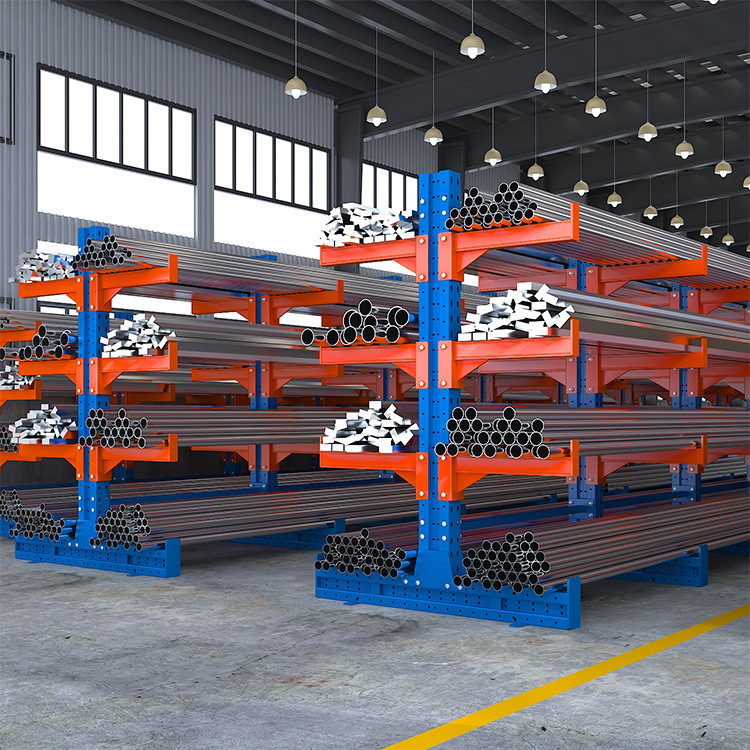
Start by assigning zones for different types of tools and materials. Frequently used items should be within arm’s reach, while less-used tools can be stored in drawers or overhead cabinets. Dividing the workspace into “hot,” “warm,” and “cold” zones helps prioritize access based on frequency of use.
Use vertical space to your advantage. Pegboards, magnetic tool holders, wall fixtures, and overhead racks allow for the storage of tools without taking up valuable work surface area. Vertical organization keeps the bench clear and promotes faster tool retrieval.
Incorporate labeled storage drawers and bins. Clear labeling makes it easy to find small parts, screws, and components, minimizing time spent searching. Transparent bins or color-coded labels further improve visibility and reduce confusion in shared workspaces.
Cable management is often overlooked but crucial. Power strips, chargers, and tool cords should be neatly bundled and routed through cable organizers or under-bench trays. This reduces tripping hazards and makes the area more visually tidy.
Regular cleaning and resets are part of effective organization. At the end of each shift or project, take time to return tools to their proper places and wipe down surfaces. A clean bench improves mental clarity and sets a standard for professionalism.
For dynamic work environments, consider mobile workbenches with wheels and locking brakes. These allow you to reconfigure your workspace based on the task at hand, improving flexibility without sacrificing order.
Finally, customize your workbench to fit your job. Whether it’s adding a vise, a soldering station, lighting, or a cutting mat, tailoring the setup to your workflow ensures that the bench supports your efficiency instead of hindering it.
In summary, organizing a workspace around a workbench requires thoughtful layout, smart storage accessories, and consistent habits. When done right, it boosts performance, safety, and job satisfaction.
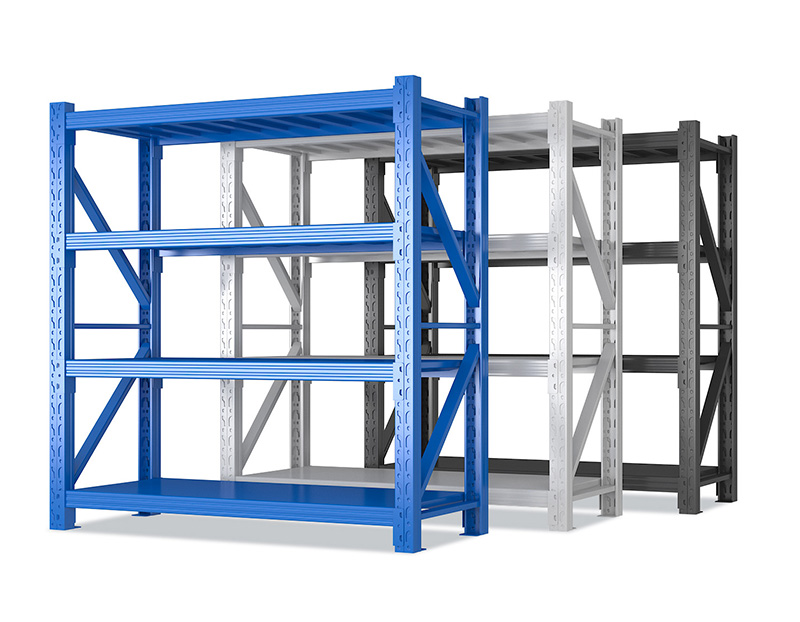 Estanterías ligeras: las mejores ventajas para espacios de a
Estanterías ligeras: las mejores ventajas para espacios de a
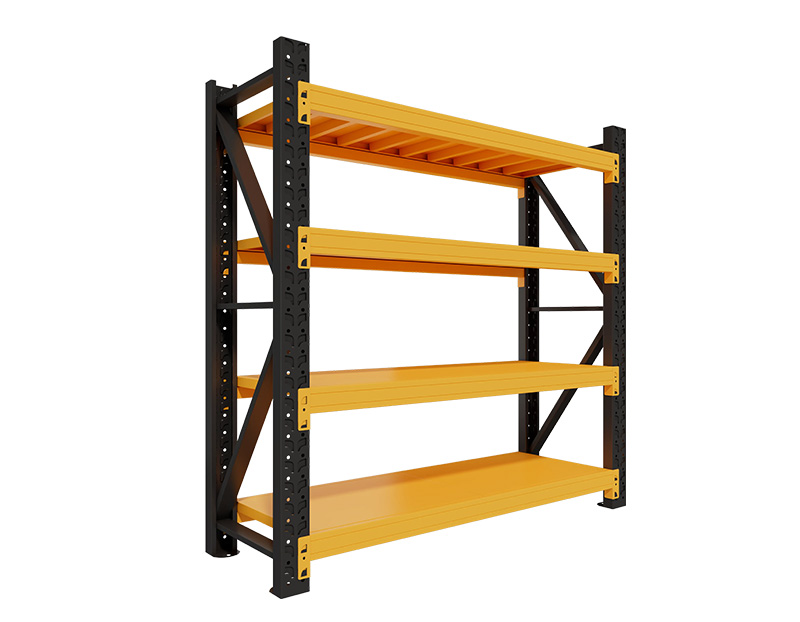 Estanterías medianas: perfecto equilibrio de resistencia y f
Estanterías medianas: perfecto equilibrio de resistencia y f
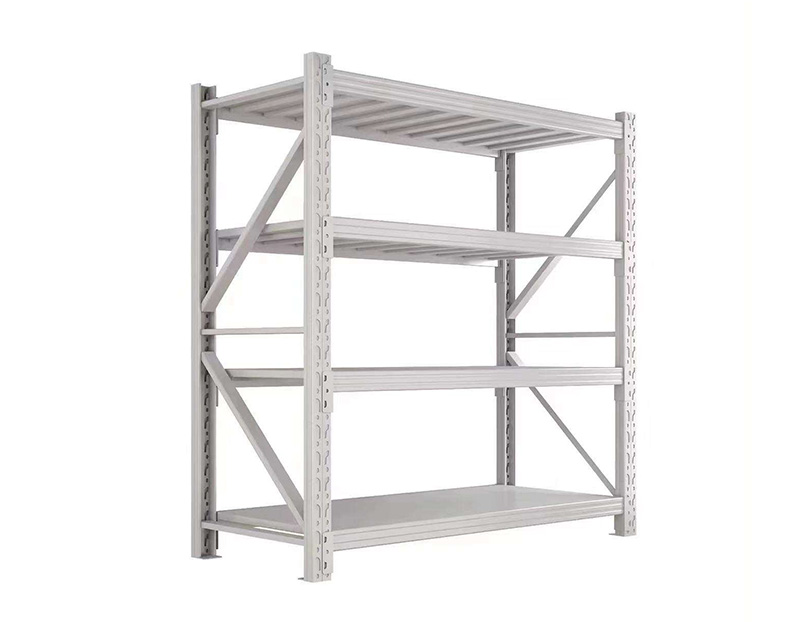 Heavy Duty shelf: Ultimate Guide for Industrial warehouse (e
Heavy Duty shelf: Ultimate Guide for Industrial warehouse (e
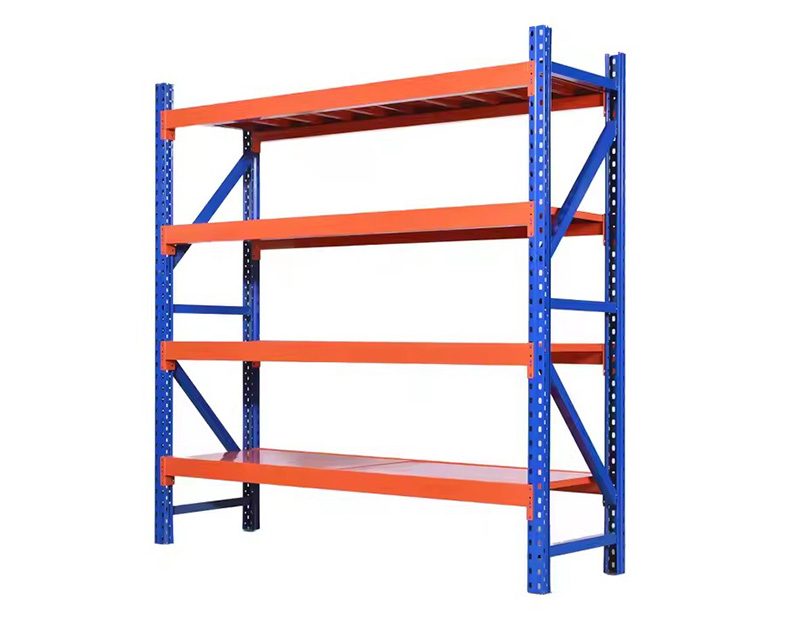 Tendencias en equipos de almacenamiento inteligentes que tra
Tendencias en equipos de almacenamiento inteligentes que tra
